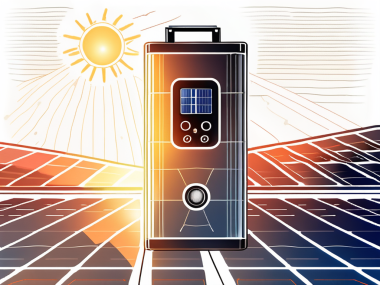- Solar grid integration involves the incorporation of solar photovoltaic (PV) power into the national utility grid. As the demand for alternative clean fuels rises and the global installed capacity of solar power increases, this integration has become a common practice worldwide. There are two primary forms of grid-connected solar generation: distributed generation and centralized, utility-scale generation.
Solar Grid Integration Challenges
- Solar grid integration involves the incorporation of solar photovoltaic (PV) power into the national utility grid. As the demand for alternative clean fuels rises and the global installed capacity of solar power increases, this integration has become a common practice worldwide. There are two primary forms of grid-connected solar generation: distributed generation and centralized, utility-scale generation.











